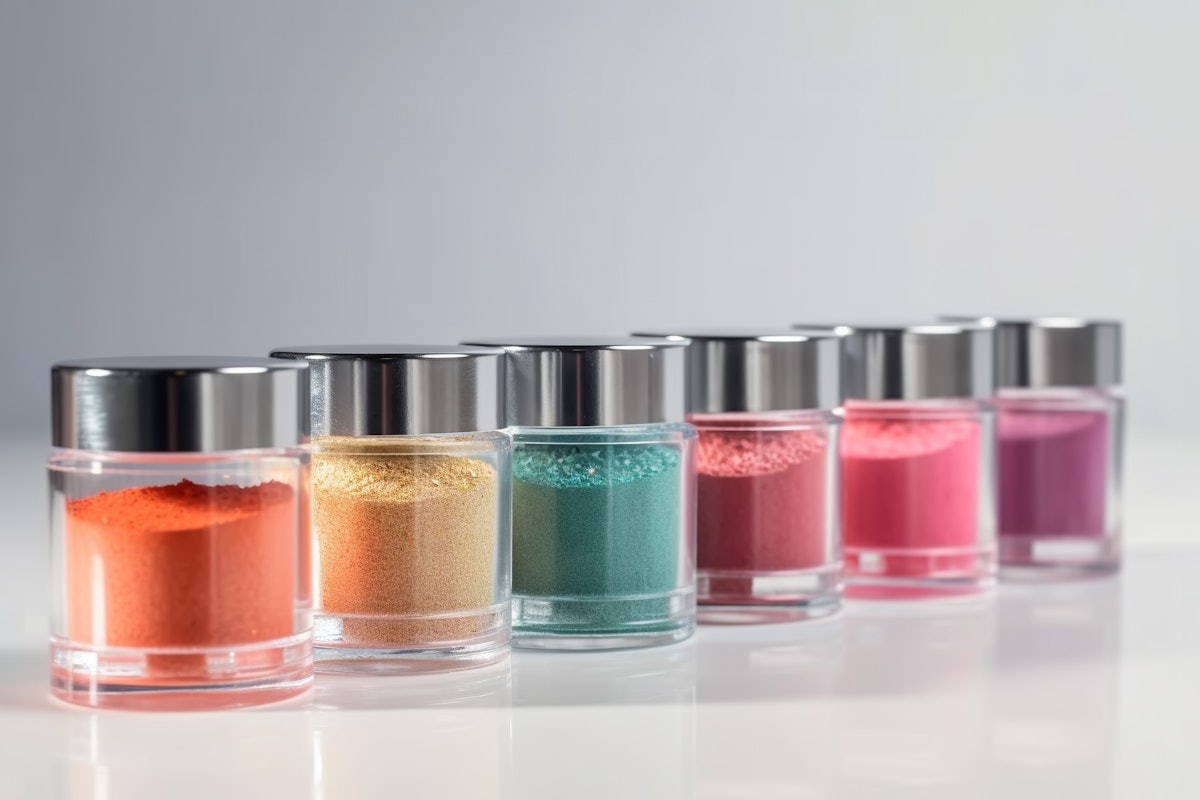Introduction to Nail Dipping Systems
Nail dipping systems have revolutionized the world of manicures, offering a unique blend of durability and aesthetic appeal. But how exactly do these systems work? In this comprehensive guide, we’ll explore the history, application methods, and chemistry behind nail dipping systems, as well as their growing popularity.
Origin of Dipping Systems
Created in the 1990s by innovative Korean nail technicians in New York City, the dipping technique was initially developed as an offshoot of the silk-wrap trend prominent in the 1980s. By replacing acrylic powder with fiber, they created a more robust alternative. It was soon discovered that clients with allergies to acrylic monomers could use dipping systems without adverse reactions, which led to increased acceptance among consumers.
Additionally, many people found the low-odor nature of the glue used in dipping systems more appealing compared to traditional monomers. This combination of benefits made dipping systems rapidly gain popularity, prompting manufacturers to create official systems in response to demand.
How Do Dipping Systems Work?
The application of dipping systems can be summarized in a few straightforward steps. While videos illustrating these techniques are widely available on the internet, here’s a brief overview of the application process:
-
Step 1: Coat a prepped nail with base resin, dip into the powder, and dust off any excess.
-
Step 2: Repeat the resin/powder process 2-3 times to build up the nail.
-
Step 3: Apply 1-2 coats of activator (following the manufacturer’s instructions) and allow the nails to harden.
-
Step 4: Shape and contour the nails as needed, then buff them smooth.
-
Step 5: Apply and dry the activator again, followed by two layers of clear topcoat.
Variations exist in this process, such as using an activator after each layer, opting for a clear powder for the third layer, or pouring the powder over nails instead of dipping.
The Chemistry Behind Dipping Systems
Let’s delve into the chemistry that makes nail dipping systems effective:
Basecoat
The basecoat contains ethyl cyanoacrylate, a chemical widely used in the nail industry as a tip glue but also found in adhesives like Super Glue. The cyanoacrylate groups provide a unique curing mechanism, allowing the resin to cure without leaving a tacky residue.
Dip Powder
The dip powder comprises tiny beads of polyethyl methacrylate (PEMA) and often includes polymethyl methacrylate (PMMA). These components dissolve into the cyanoacrylate resin, enhancing the strength of the final nail coating.
Activator
This component speeds up the curing process. While the original formulations were sprays, many modern brands have shifted to brush-on versions due to odor concerns. The activator typically consists of compounds from the toluidine/tolylamine family.
Topcoat
Like the basecoat, the topcoat is made from cyanoacrylate. Since it is not mixed with powder, it provides a smooth, tack-free finishing layer.
Why Are Dipping Systems Popular?
Despite their invention being over two decades old, dipping systems have surged in popularity for various reasons:
- Long-lasting and vibrant colors.
- Versatility with different shades and artistic effects.
- Reduced odor compared to traditional nail lacquers.
- No tacky residue commonly found with gels.
- A low cost of entry, as they do not require a UV lamp.
- Relatively easy removal by soaking off.
- Incorporation of glitter or crystals without light cure concerns.
Safety Considerations
As with any cosmetic product, it’s crucial to follow manufacturer’s guidelines. Cyanoacrylate can bond instantly to skin and eyes, necessitating emergency care if contact occurs. Additionally, it’s flammable and can create safety hazards if spilled.
Maintenance of hygiene is also critical; no unused powder should be returned to the main container after contact with a client. Instead, measure enough powder into a small cup for individual use and dispose of any excess.
What’s Next for Dipping Systems?
The future of nail dipping systems is limited only by creativity. New techniques and artistic styles for dip-based nail art are continually evolving. If you haven’t experienced dipping systems yet, now is the perfect time to explore their advantages and unleash your artistic potentials!
Conclusion
Nail dipping systems offer a modern approach to manicures that provide stunning results with fewer health risks associated with traditional products. Whether you’re a nail technician or a manicure enthusiast, understanding how these systems work and following safety guidelines can enhance your nail care experience.



